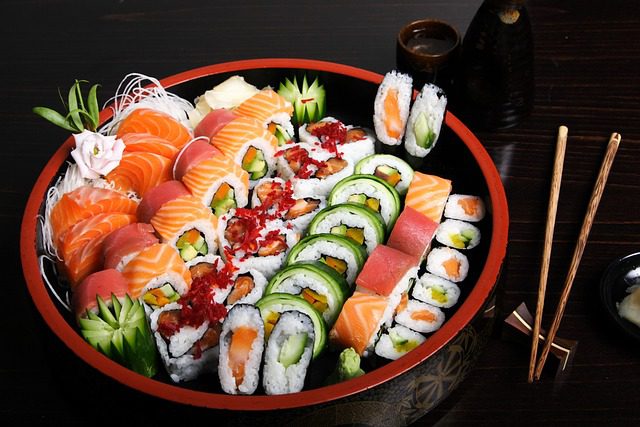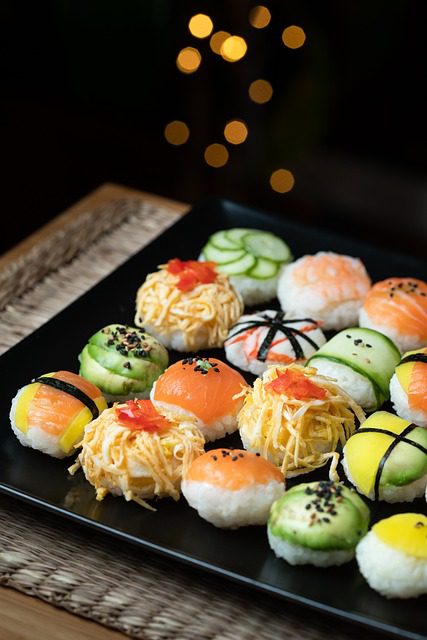
Please!
Welcome to Japan….But
Japan is an intriguing place to visit. However, the culture is definitely unique and very different in so many ways!
Avoid making a faux-pas by learning some handy etiquette tips before your trip. Here are some!
1. No Eating & Walking or Trash
Eating and walking in tourist areas is an enjoyable experience, however:

- Eating & walking on the street is not acceptable in Japan.
- Be considerate of the locals and the environment.
- Dispose of your garbage in available trash cans or take it home.

- Do not litter or throw garbage on sidewalks
- Do not to pollute the environment.
2. No Tipping Allowed

3. Escalator Etiquette
In many cultures, different sides of the escalator are intended for people who want to stand and people who want to walk. But in Japan, this is done without exception.
In Tokyo, the right side of escalators is for people in a hurry who want to walk up the stairs and don’t want to be slowed down.

Definitely not in Tokyo!
However, if you travel south to Osaka, this convention is the opposite way around and the left side of the escalators is used for walking.
4. Tatami Mats

In many cultures, taking off your shoes before you enter a house is common practice, and it’s absolutely expected in Japan. It’s also true when you step on tatami mats at restaurants or hotels – it’s considered rude to step on tatamis with shoes.

Typically, you’ll find a shoe rack and a row of slippers intended for indoor use, close to where you should take your shoes off.
5. Chopsticks
Keep your food on your own plate!
Passing food from one set of chopsticks to another is frowned upon in Japan because it imitates parts of funeral rituals.

When in Japan – Do as the Japanese Do
- It’s okay to lift a bowl close to your mouth and push food into your mouth with chopsticks.

- At the table setting, chopsticks should be placed above the plate, parallel to the table, with tips to the left.

- In a more formal restaurant, disposable chopsticks should be inserted back into their wrapper when finished.
6. Chopsticks-related Faux Pas to Avoid in Japan
- Don’t use the utensils like drumsticks.
- Don’t stick your chopsticks upright into your food. This is associated with death.
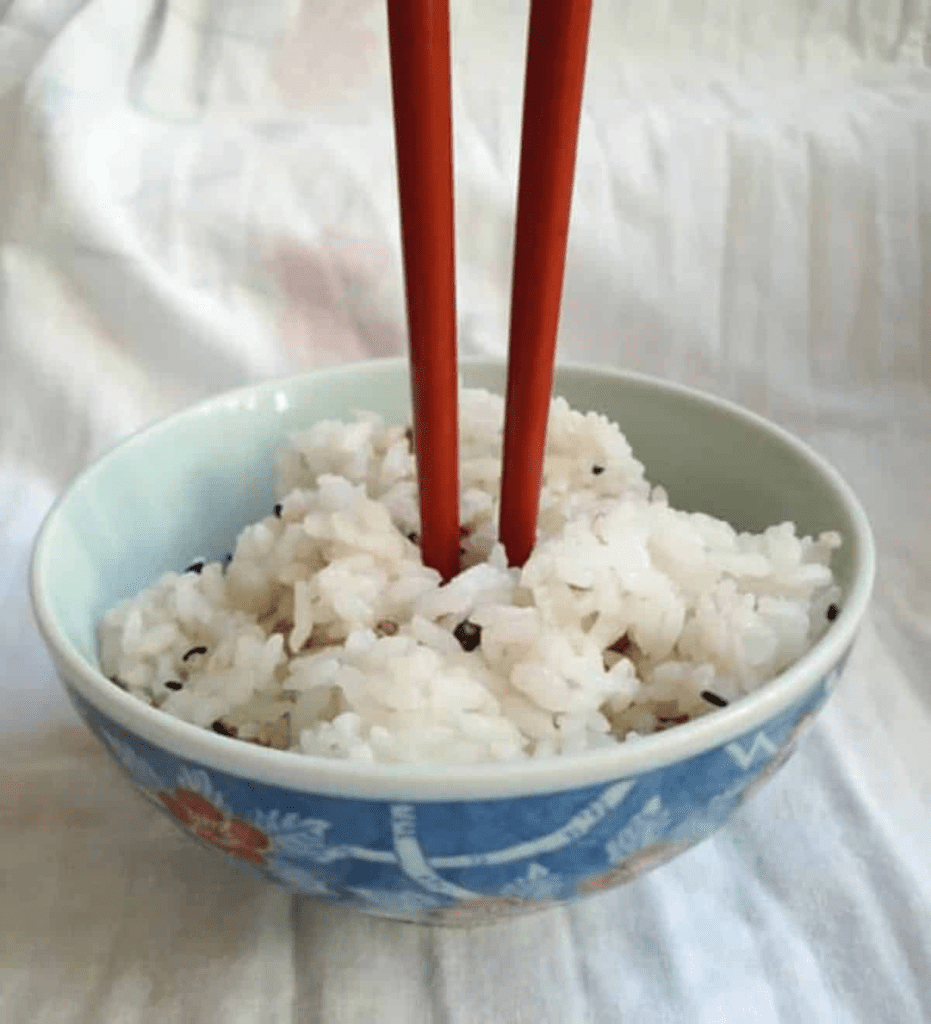
- It’s rude to rub disposable sticks together. It implies the restaurant gave you cheap chopsticks.
- Don’t set your chopsticks down crossed. It’s another symbol of death.
7. Safety first!
Do not take photos near dangerous places


Do not take photos near railroad lines, roadways, or dangerous places.
8. Onsen & Bath Houses
Onsen (hot springs) are public bathhouses where you can go to clean your body and relax in the geothermally heated water. This is a cultural practice in Japan
You should follow the rules if you want to enjoy bathing in an onsen.

Onsen are separated by gender, and no one wears swimwear
- It’s mandatory to clean your body thoroughly before you enter the hot spring.
- It would be disrespectful to other bathers if you don’t.
Observe the rules in hot springs and bathhouses
- Generally, men’s and women’s baths are separated.
- Take off your slippers, remove your clothes, and place your luggage in the designated area.
- Cell phone use is prohibited in the changing rooms and communal bathing areas.
- Larger towels may be left in the changing rooms but smaller towels may be taken to the bathing area.
- Wash your body before entering the bath.
- When bathing, do not put the towel in the bathtub. If you have long hair, tie it up to keep it out of the bathtub.
- Before returning to the changing room, wipe off the water with the small towel.

- Bathing restrictions may apply if you have a tattoo. Please check with the facility before bathing.
9. Take photos respectfully, and follow rules
Follow photography restrictions at temples, shrines and other places.
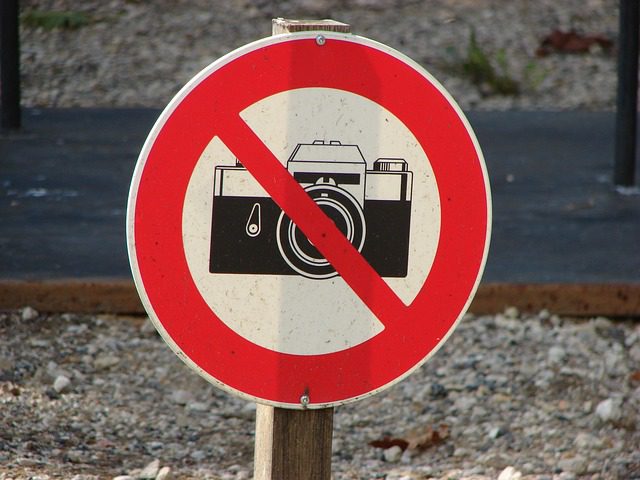
- Handheld cameras may be allowed, but tripods might be prohibited.
- Be considerate when photographing people.
- Do not take pictures on private property.
10. Geisha or Maiko -No Selfies Please!
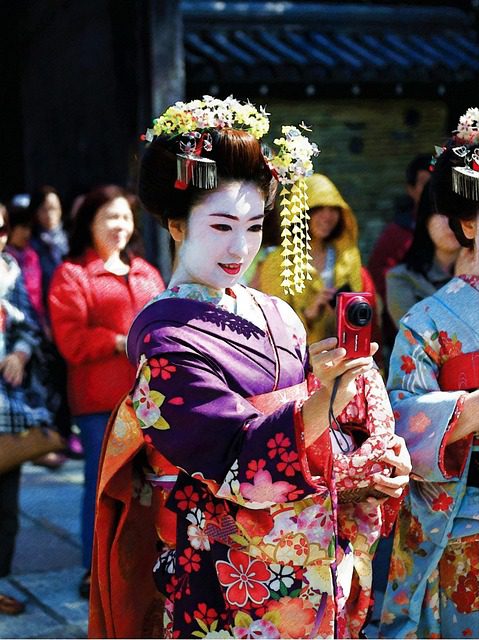

11. Follow the No Smoking rules

In Japan, smoking on the street, in some areas and, in public facilities is against the law. To smoke, go to designated smoking areas, which are generally marked with a cigarette symbol.
12. Respect others and be aware of your surroundings

- Everyone is expected to be quiet in public places and on public transportation.
- Keep loud conversations and cell phone noise to a minimum.
- Be considerate of others.
- Respect the local culture and customs.
13. Don’t break in the line

Line-up etiquette is an important element of Japan’s culture.
14.Visiting Shrines & Temples
Did you know that shrines (Shinto) and temples (Buddhist) both belong to different religions and that there are different ways to properly visit them?
Take a small bow in front of the Torii gate
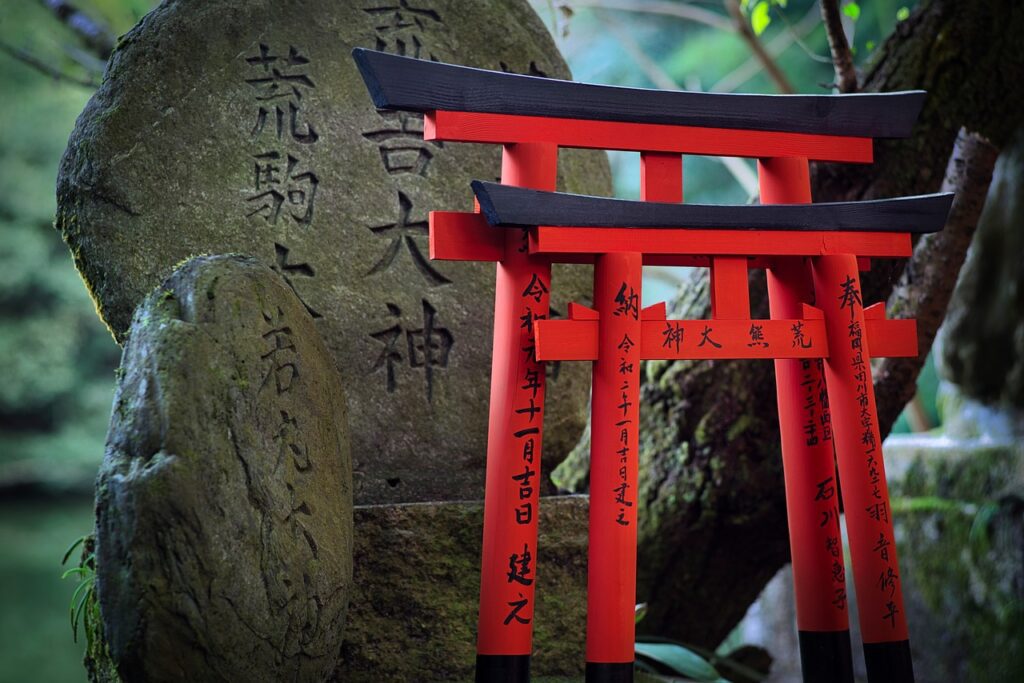
Shinto Shrine – Tori Gate
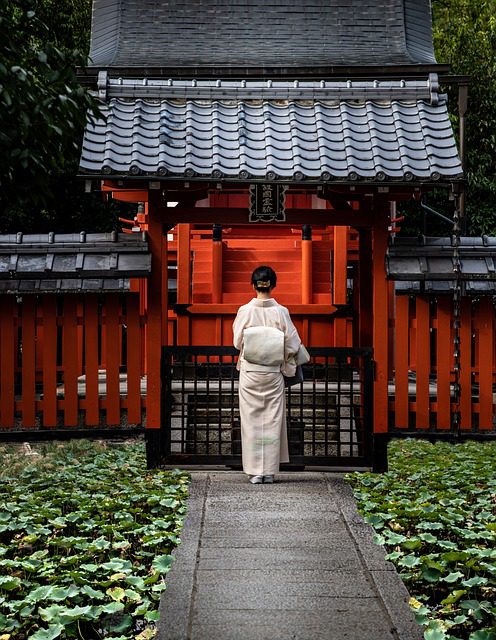
First, take a bow when you reach the Torii gate, the main entrance to a shrine.
The other side of the Torii gate is considered to be a sacred space.
Once you go through the Torii gate, turn back toward the main shrine building, and take one last bow.
This is how you visit a shrine properly.
“2 bows, 2 claps, 1 bow” is the most typical practice, however, some shrines may have unique customs.
Straighten yourself up to greet Kami, the Shinto gods.

Buddhist Temple Architecture
15. Purification of Body & Mind
How to Cleanse yourself at Temizuya (washing station)
- Stop by the Temizuya to wash your hands and rinse your mouth.
- This purifies your body and mind before entering the main shrine building.
- The steps are similar to the ones used at a Buddhist temple and they are as follows:
- Use your right hand to scoop the water with a ladle and rinse your left hand.
- Hold the ladle with your left hand to rinse your right hand.
- Hold the ladle with your right hand and scoop some water into your cupped left hand.
- Put the water in your mouth and rinse your mouth without making noise (do not put the ladle directly into your mouth).
- Hold the ladle with your right hand and rinse your left hand.
- Rinse the ladle, hold it upright to spill the remaining water in the cup down the handle of the ladle.
- Return the ladle to its original spot
- Walk down the path to the main shrine building
- The main shrine building houses Kami.
- At Shinto shrines, the gods are thought to walk down the center of the path, so you should avoid walking in the center of the path as the gods supposedly walk down the center.
- When heading to the main shrine building.
- Offer Saisen (monetary offering) in front of the main shrine building
- It is now time to worship.
- Bow toward the main shrine building and place a monetary offering into the Saisen box.
- Saisen represent your gratitude to Kami.
- Any amount is acceptable.
- Ring the bell to get Kami’s attention.
- Take a deep bow two times (to show respect to Kami).
- Put your hands together in front of your chest, lower your right hand, clap your hands twice and pray.
- When you finish praying, lower your hands, take a bow one more time, and leave.
16. Transportation Etiquette
Be mindful of floor markings and the direction of foot traffic

Follow the direction of foot traffic notated by arrows on the floors and stairs.
Women Only, Please!
Be aware of women-only train cars

- These cars are typically marked by pink signs (on the floor and side of the train) that say “women only” in Japanese and English.
- The boarding rules for these cars vary.
- It is important to follow these rules.
- If you accidentally board a women-only car, simply move to the next car through the connecting doors. If you don’t leave, you will get very dirty looks!
Observe rules when lining up

In Japan, it is considered bad manners to skip the line.
Be sure to line up at the end of the line when you arrive at a train platform or bus stop.
Follow the rules for getting on and off the train

Allow people to deboard first.
After that, the people boarding the train can take their turn to get on.
Pay attention to the volume of your voice!

A quiet atmosphere must be maintained on the train at all times.
- Avoid loud conversations.
- Don’t talk on the cell phone.
- Set your cell phone to silent mode and be considerate of those around you.
Be mindful of priority seating

On most train lines, there is priority seating near the car entrances for the elderly, pregnant women, people who are physically challenged, and parents with small children. If the train is not full, it is okay to sit in these seats. But you should immediately vacate them if someone needs them.
17. Accommodation Etiquette
Japan has a vast variety of accommodations—from regular size hotels, capsule hotels to traditional Japanese inns known as ryokan. You enjoy your stay more if you exhibit good manners, and if you are considerate of other guests and staff.
Ryokan – Typical Japanese Room
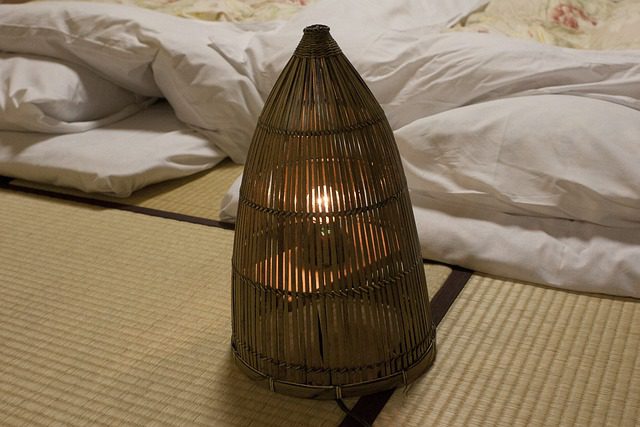
Arrive on time

- Follow the reserved check-in and check-out times.
- If you are going to be late, let the people at your accommodation know in advance and take appropriate action.
Be careful when removing your shoes

- Remove your footwear according to Japanese customs.
- Leave your footwear in the designated area.
- Wear slippers provided when inside the facility.
Try on a Yukata
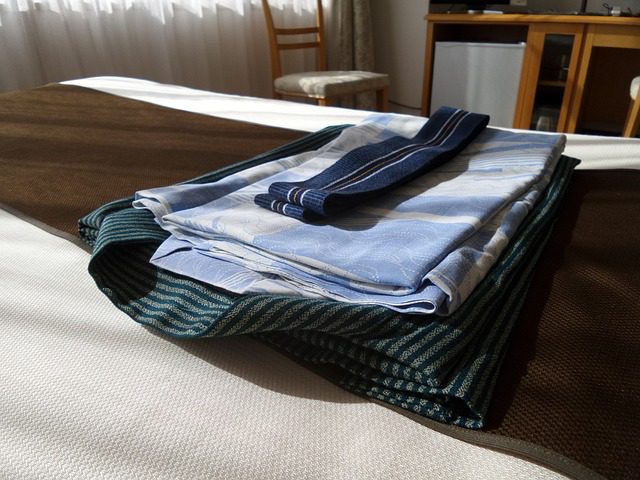

- A yukata will usually be provided at a ryokan.
- Experience traditional Japanese culture.
- Ask the staff for help if you need assistance to put it on.
18. Learn How to Bow
Bowing is an incredibly important part of Japanese culture
- It is used for greetings, showing respect, remorse, and in many other situations as well.
- The angle of the bow reflects the level of respect given to the other party.
- The lower the bow, the more respectful.
19. Presenting Business Cards(Meishi)
The Golden Rule of presenting business cards in Japan:
- Stand up and walk to the most senior person in the room and introduce yourself.
- Bow slightly and say, “Hajimemashite”
- Offer your business card with both hands.
- When the person acknowledges you, he/she will also give you a business card.
- Take it with both hands.
- Read it before moving to the next most senior person in the room.
- Last tip:
- Always present your card with the Japanese side right side up so the person can read it.
20. Not proficient with chopsticks?
Eat Sushi With Your Hands
- You can ask for silverware but they might not be available.
- It is appropriate to eat sushi with your hands.
